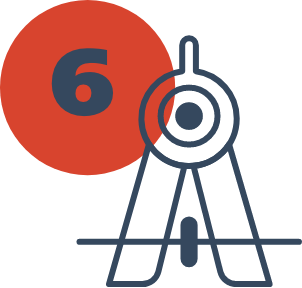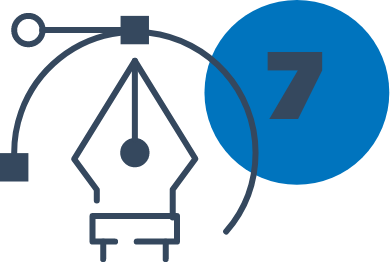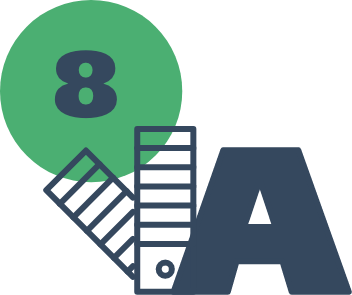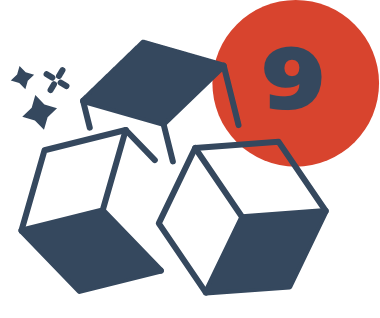Inventionland’s proven, real-world 9-Step Method guides students through the product innovation journey.
At the core of this unique curriculum is our proprietary 9-step Method based on the fundamentals of real-world inventing. Students use this process to develop their idea into a fully-formed product, learning and applying key STEAM and career skills along the way.
Our 9-Step Method
By the end of the 9-Step Method, students will not only understand how to bring ideas to market but will also gain confidence in their own abilities. The results are skills they will be able to use well beyond the classroom and into their adult lives.

Inventing
In the first three steps of our 9-Step Method, students find a problem and create an invention to solve it. As they invent, students learn many skills including how to conduct research, follow precisely a multistep procedure, reason abstractly and quantitatively, model with mathematics, and employ the design process to solve analysis and design problems.

Create & Protect
Much like a real-life business scenario, Inventors must first define the core problem and their proposed invention. Students will even sign the appropriate documentation to maintain confidentiality between the involved parties/teammates.

Research Your Idea
Students will conduct a thorough patent and product search. If there is a similar product on the market, the team considers how can that product be improved upon. The students also research target corporations to gear their pitch towards.

Brainstorm
Students are encouraged to find as many ways to solve their problem as possible. In this step, they’ll create a few rough sketches of their potential invention to find the most efficient design.
Making
In steps 4, 5 and 6, students actively work on modeling and engineering their solution to the problem. As they do so, students learn how to make inferences and justify conclusions from sample surveys, experiments, and observational studies. They also learn how to apply geometric and density concepts in modeling situations and how to compare and contrast the information gained from experiments, simulations, video, or multimedia sources.


Sketch
At this stage, students will create a final sketch of their design. They are encouraged to use vivid colors, whitespace, and text to make their design look both exciting and appealing to consumers.

Model
Students will create a concept model or mockup of their product. This simply gives them an idea of what the product will look like and how it will work. Though it mainly involves hot glue and cardboard, this step will help the group spot potential design flaws and allow them to anticipate their engineering needs.

Draft
In this step, students will actually engineer the parts necessary for their inventions. This involves patience, efficient use of materials, and learning the specific processes behind building parts.

Storytelling
In the final three steps of our 9-Step Method, students focus on communicating the benefits of their solution from package design to pitching the invention. In these final steps, students will gain experience designing, proposing, and evaluating artistic ideas, writing informative/explanatory texts, and planning and presenting a narrative.
Package
Next, students will design the packages that will hold their products. This step involves learning how graphic design and secure packaging must work together.
Communicate
This step emphasizes the importance of the visual appeal of your product. Students focus on the more creative aspects of package design like incorporating fonts and colors that will appeal to their target market.
Put It All Together
Finally, we’ve reached the final product. Students complete the working model of their product which can be interacted with during a business pitch.
Want to learn more about Inventionland® Education’s Innovation Curriculum?
Let us show you how this curriculum turns real-world inventing inside the classroom into real-world life and career outcomes outside the classroom.


